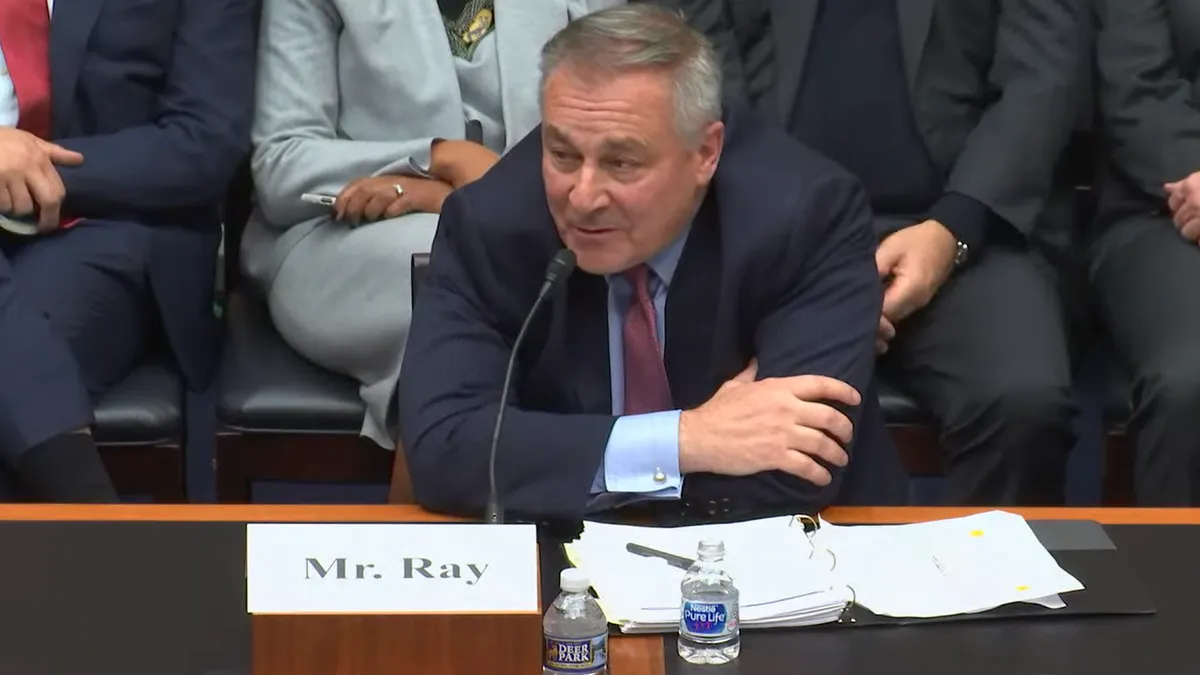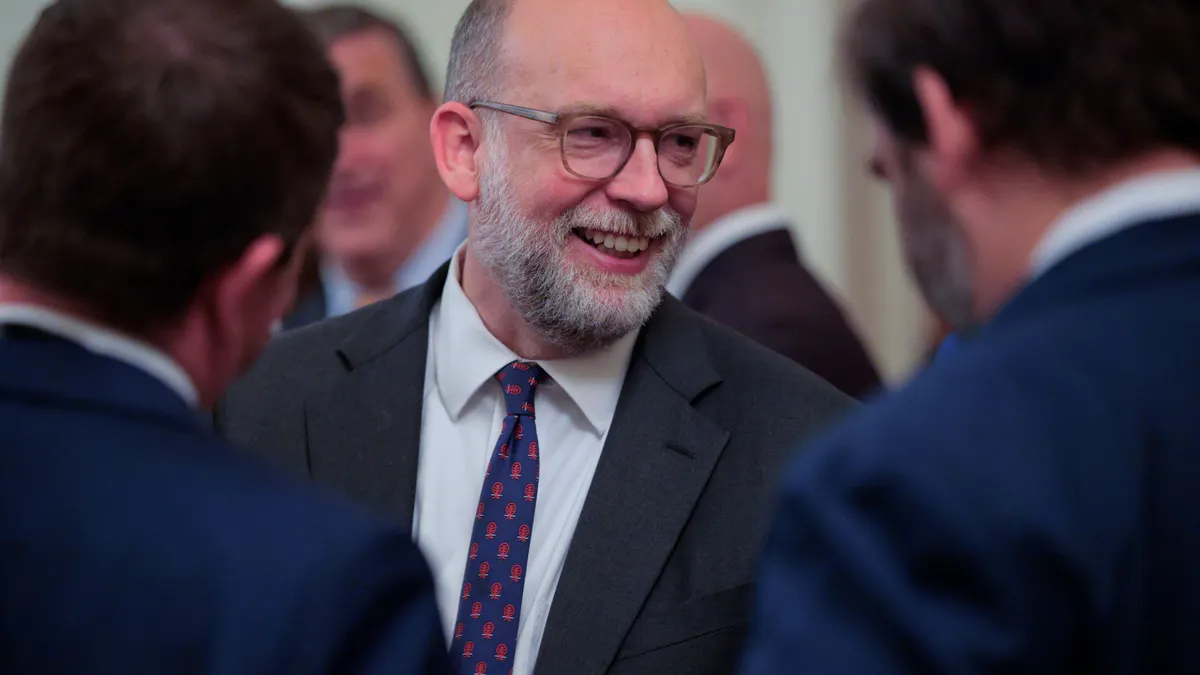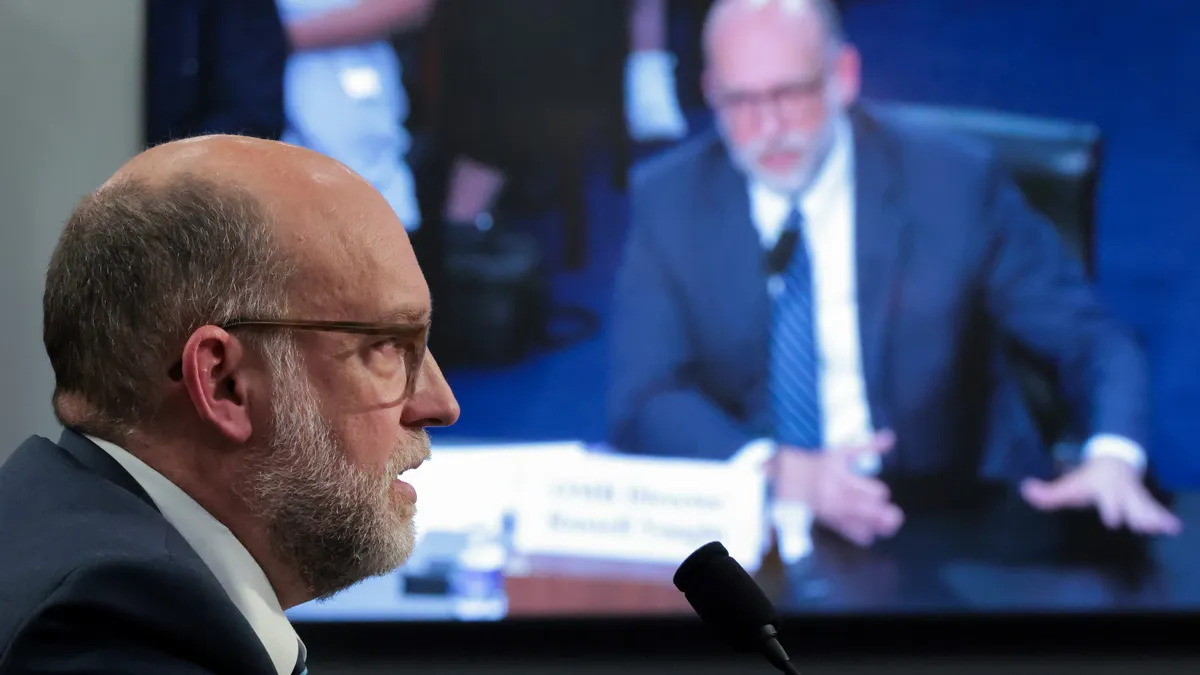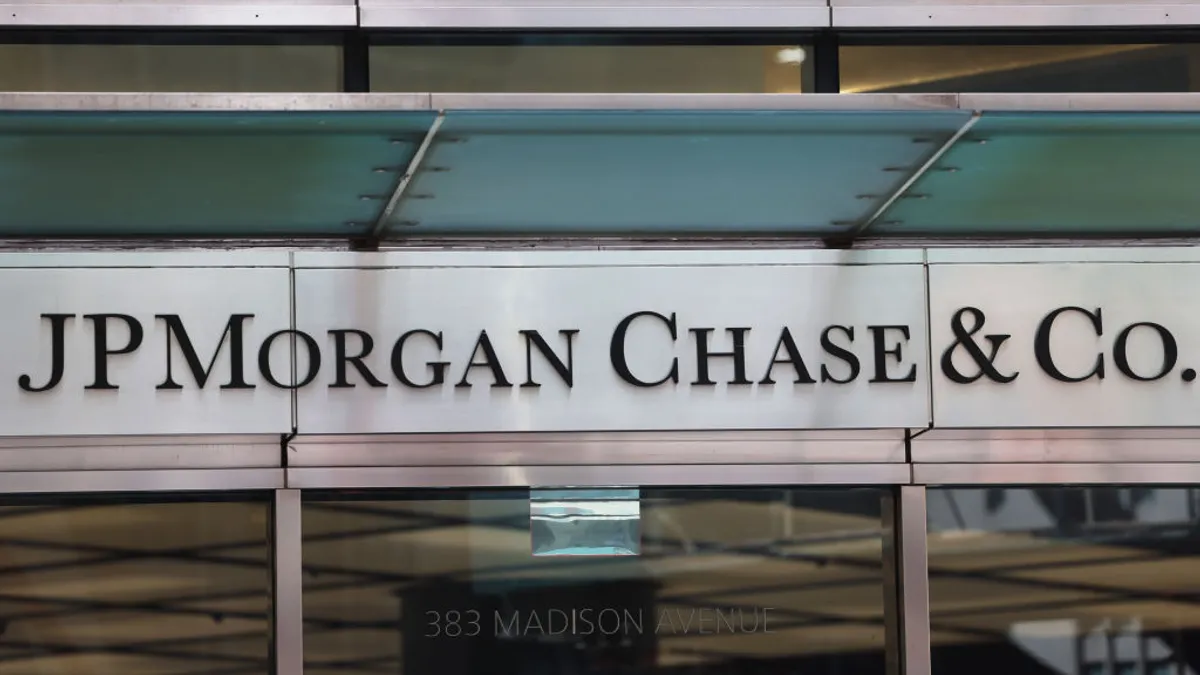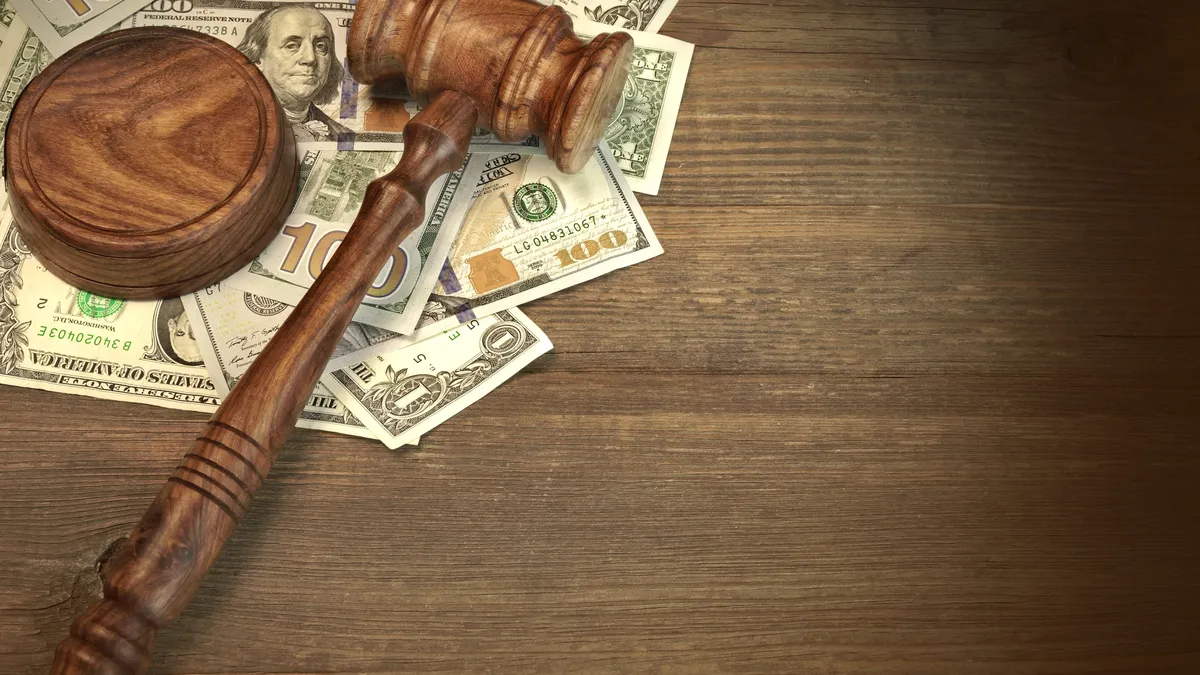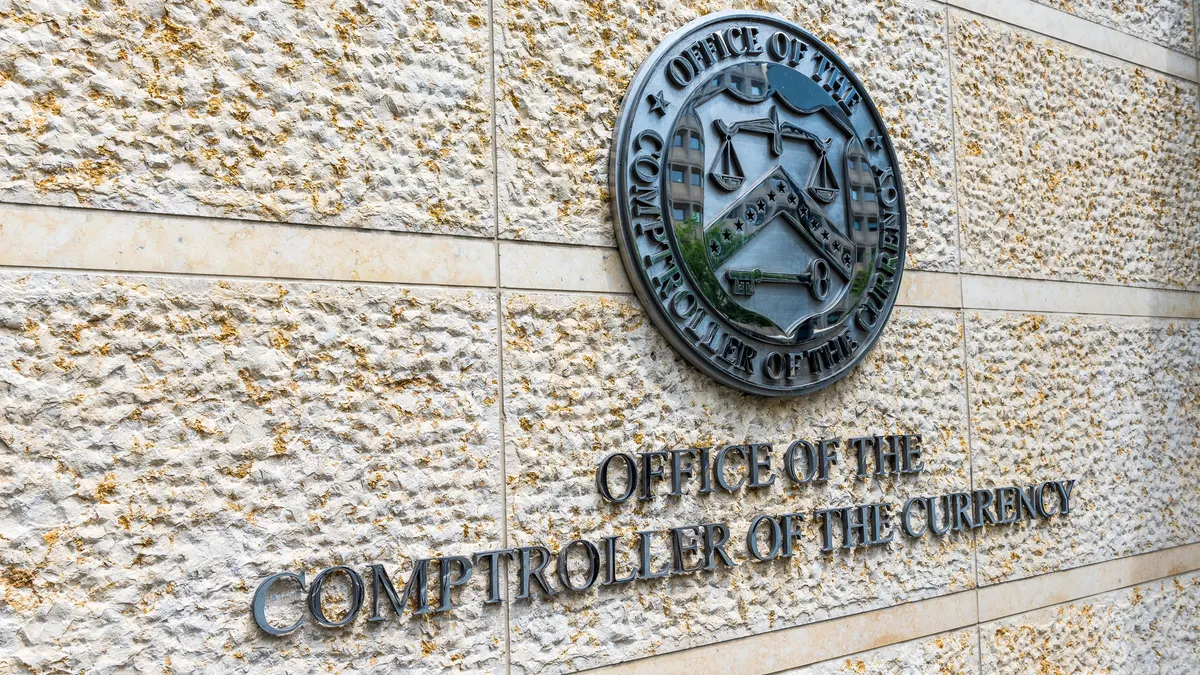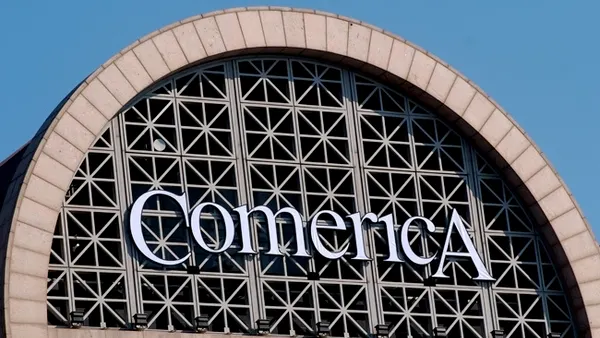Former FTX CEO Sam Bankman-Fried was expected to speak directly with lawmakers Tuesday for a planned hearing on the downfall of his crypto empire, which resulted in billions of dollars in losses last month for millions of customers in the U.S. and globally.
However, he was arrested in the Bahamas on Monday on charges including wire fraud and conspiracy to commit securities fraud, leaving current FTX chief John Ray as the lone man to sit before the House Financial Services Committee.
Ray’s ability to comment on the matters, he noted, was limited by FTX’s paperwork, its ongoing bankruptcy proceedings, and continuing investigations.
“[N]ever in my career have I seen such an utter failure of corporate controls at every level of an organization, from the lack of financial statements to a complete failure of any internal controls or governance whatsoever,” Ray said in written testimony.
FTX’s collapse “appears to stem from the absolute concentration of control in the hands of a very small group of grossly inexperienced and unsophisticated individuals who failed to implement virtually any of the systems or controls that are necessary for a company that is entrusted with other people’s money or assets,” Ray continued.
Bankman-Fried was denied bail in the Bahamas on Tuesday and is expected to be extradited to the U.S. The investigation is ongoing, and more hearings are scheduled.
Here are eight takeaways from Ray’s three-hour-plus hearing.
1. Bankman-Fried once took a loan from his crypto hedge fund Alameda Research where he signed as both the issuer and the recipient of the loan.
Bankman-Fried took several loans from Alameda Research in excess of $1 billion, Ray said. Some loans were documented by individual promissory notes with no description of the loan’s purpose.
Ray said he had no information, either, as to the purpose of the loans.
2. FTX used the same apps as the rest of us to do very big business.
Employees would communicate invoicing and expenses on Slack — the same app remote workers use for day-to-day communication with their co-workers and bosses. Sometimes, such communication on payments would incorporate emojis, Ray said.
FTX companies, which lacked an accounting department, used QuickBooks — geared toward small businesses — for bookkeeping purposes. “Nothing against QuickBooks, it’s a very nice tool, just not for a multibillion-dollar company,” Ray said.
3. An ‘unprecedented’ lack of documentation.
Comparing FTX to prior bankruptcies he’s seen, Ray called it “one of the worst by a documentation standpoint.”
“Even in the most failed companies,you have a fair roadmap of what happened,” he said. “We’re dealing with literally a paperless bankruptcy in terms of how they created this company ... It’s really unprecedented in terms of the lack of documentation.”
4. Ray plans to sell LedgerX, a digital currency futures and options exchange and clearinghouse FTX acquired last year.
LedgerX is one of a small handful of FTX entities not included in the bankruptcy proceedings because, according to Ray, it’s solvent. It’s unique because it’s regulated by the Commodity Futures Trading Commission. Ultimately, Ray said FTX “will look to sell LedgerX and put it in the hands of a good steward.”
5. Alameda Research didn’t have any form of insurance.
Despite FTX's prior claims of sophisticated controls, Ray hasn’t been shy to share that the FTX he parachuted into had none.
“It’s an extensive list, it really crosses the entire spectrum of the company. From lack of lists of bank accounts, hundreds of bank accounts dispersed all over the world; lack of a complete list of employees and their functions by a group or name. Extensive use of independent contractors as opposed to employees. Lack of insurance that you normally would see in certain businesses, either inadequate insurance or complete gaps in insurance. For instance, the Alameda silo had no insurance whatsoever. The list goes on and on,” Ray said.
6. As Ray sees it, FTX engaged in “old-fashioned embezzlement.”
Several lawmakers asked Ray to compare FTX to Enron, which he guided through bankruptcy in 2001. But Ray asserts that Enron “was really a different company.”
“Crimes that were committed [at Enron] were highly orchestrated financial machinations by highly sophisticated people to keep financial transactions off balance sheets. This is really old-fashioned embezzlement [by FTX]. This is just taking money from customers and using it for your own purpose — not sophisticated at all. Sophisticated, perhaps, in the way that they were able to sort of hide it from people, frankly right in front of their eyes. But this isn’t sophisticated whatsoever. It’s just plain old embezzlement,” Ray said.
7. Bankman-Fried and Chief Technology Officer Gary Wang minted ‘about $300 million’ in FTT, FTX’s native token, at the request of Bahamian officials after FTX filed bankruptcy.
The former FTX executives transferred those newly created tokens into the control of Bahamian officials. Ray told lawmakers that Wang and Bankman-Fried were able to do this because they had keys to these assets.
The Bahamian authorities also took custody of other FTX assets, assisted by Bankman-Fried and Wang, and while the Bahamian authorities claimed this was in the best interest of the creditors, Ray believes it violates what is required during Chapter 11 bankruptcy. Ray said “it appears” Bankman-Fried was trying to undermine what is required by U.S. bankruptcy law.
No such creation or movement of funds has happened since, Ray said.
8. Getting a hold of all of FTX’s assets will take months.
Ray’s team has secured about $1 billion in FTX assets so far from various accounts and “cold wallets,” physical locations crypto is held without being attached to an exchange.
“Every day we’re out looking for wallets,” Ray said. “We’ve secured all the cash in our bank accounts that we can, at this point. ... Ultimately it’s a question of months.”



